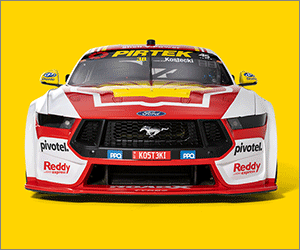
Imagine being able to drive more than 600km without producing any emissions and refuelling just as quickly as you do your petrol or diesel car? Sounds like a fantasy but it could soon be reality thanks to a partnership between two of Australia’s biggest car companies and Ampol.
Toyota and Hyundai are joining forces with Ampol and Pacific Energy to develop a hydrogen refuelling network around Australia, potentially overcoming the biggest barrier for hydrogen fuel cell vehicles (FCV) in this country. The four parties have signed a Memorandum of Understanding that will see them share their expertise and this will hopefully lead to a nationwide network that will support the widespread adoption of FCV.
ROAD TEST: 2021 Hyundai Nexo review
Toyota and Hyundai have both heavily invested in FCV and have rolled out pilot programs with the Mirai and Nexo, respectively. However, there are only a handful of places these vehicles can currently be fueled in Australia, making them commercially impractical.
Despite this, Toyota and Hyundai are both convinced FCV can be a viable alternative once infrastructure is in place, as FCV can drive for the same range as an internal combustion engine vehicle and can be refuelled in approximately the same time, quicker than even the fastest electric cars can recharge. In 2021, rally driver Brendan Reeves set a world record, driving a Nexo more than 800km from Melbourne to beyond Broken Hill.

Fuel cell vehicles use compressed hydrogen to generate electricity in the fuel cell, which then powers the electric motor, with the only tailpipe emission being clean water. This is seen as a major benefit that will be more practical in larger vehicles, such as SUVs and utes, as well as the trucking sector.
READ MORE: Why Toyota’s hydrogen LMP is a big deal
Ampol managing director and CEO, Matt Halliday, explained that by working together, these companies hope to make FCV a practical alternative to electric vehicles in Australia.
“Hydrogen can play an important role in delivering decarbonisation benefits for transport and developing the right infrastructure to support a successful rollout is key,” Halliday said.
“The MOU establishes a collaborative working relationship between the parties, who are all required to develop the necessary hydrogen ecosystem to make hydrogen use as a transport fuel feasible.”












Discussion about this post